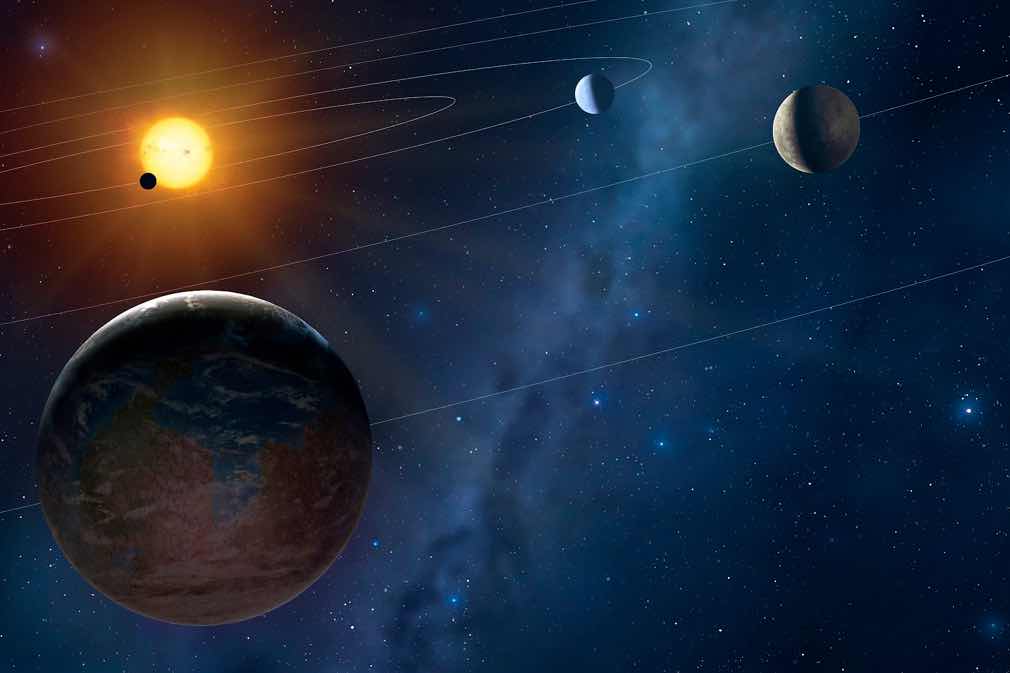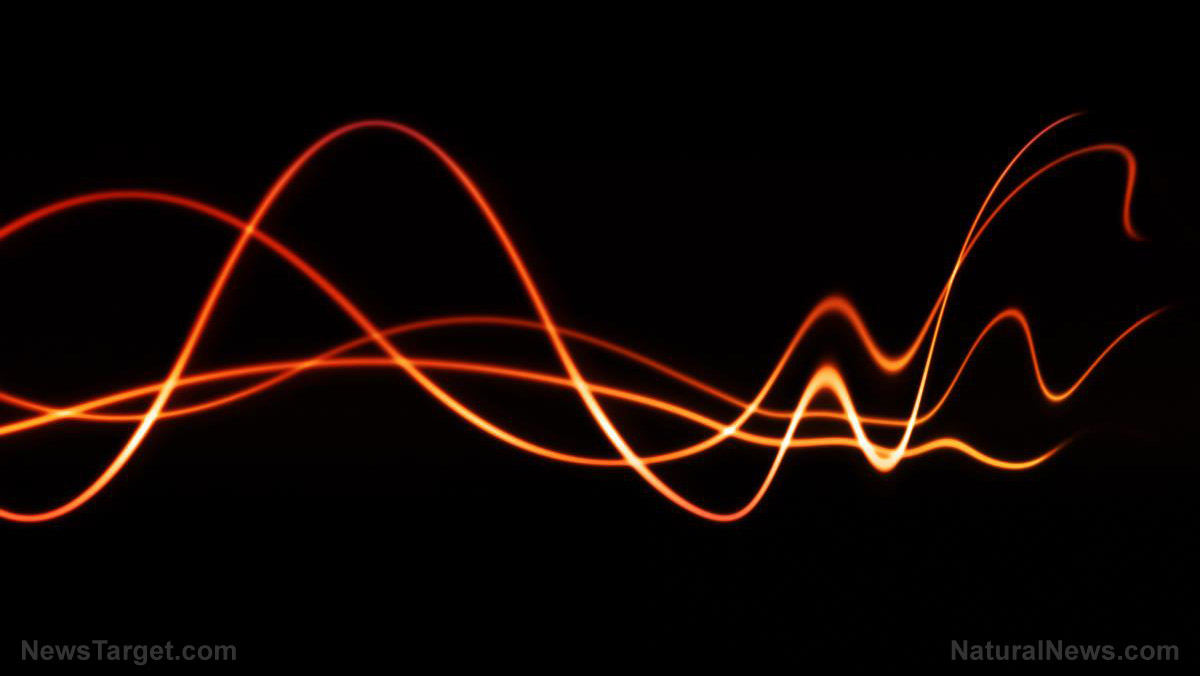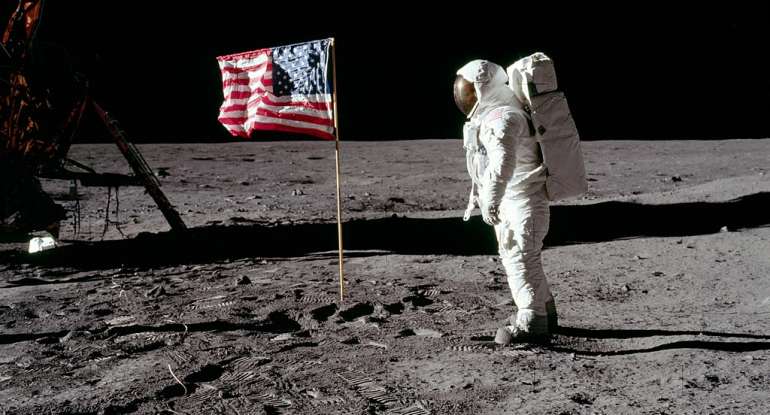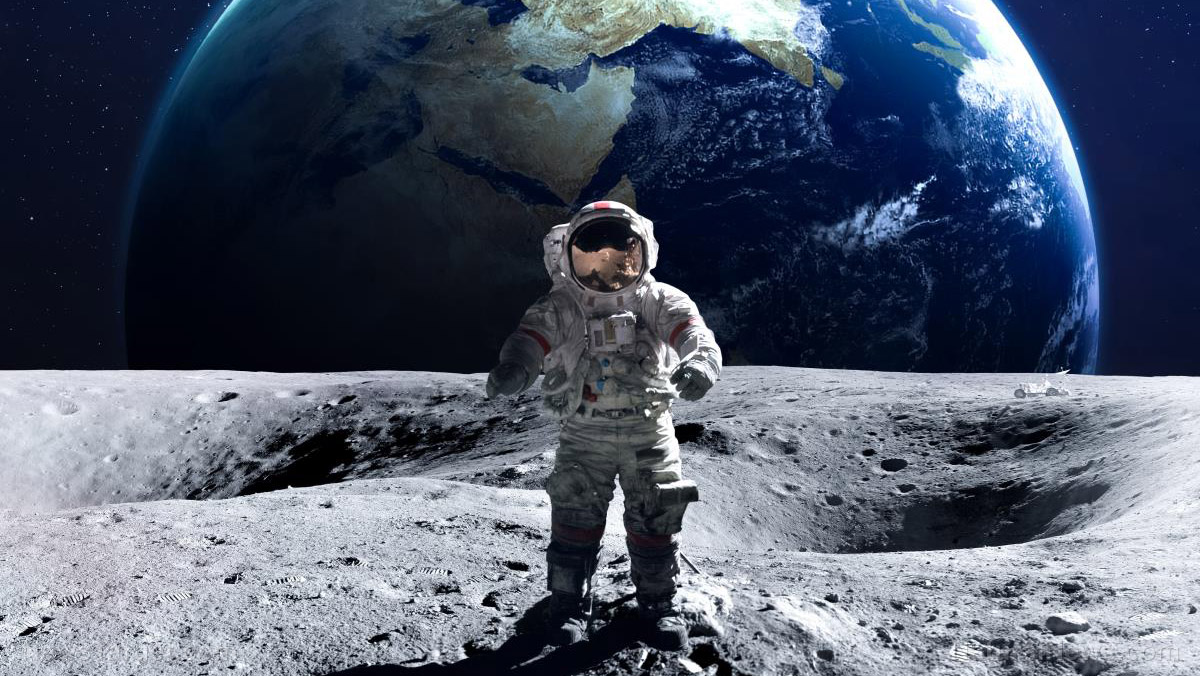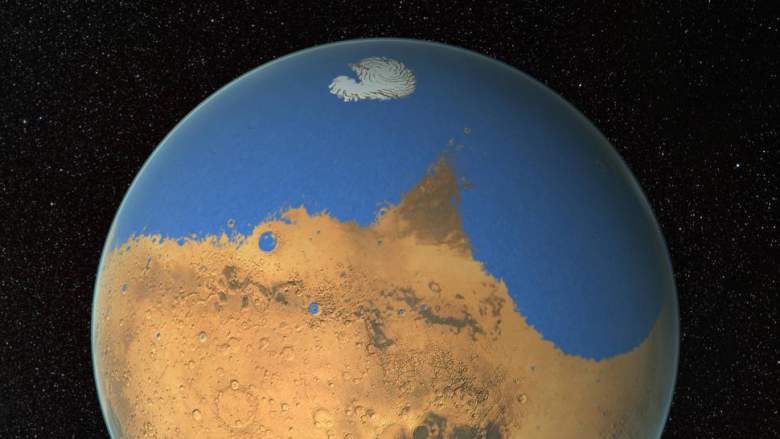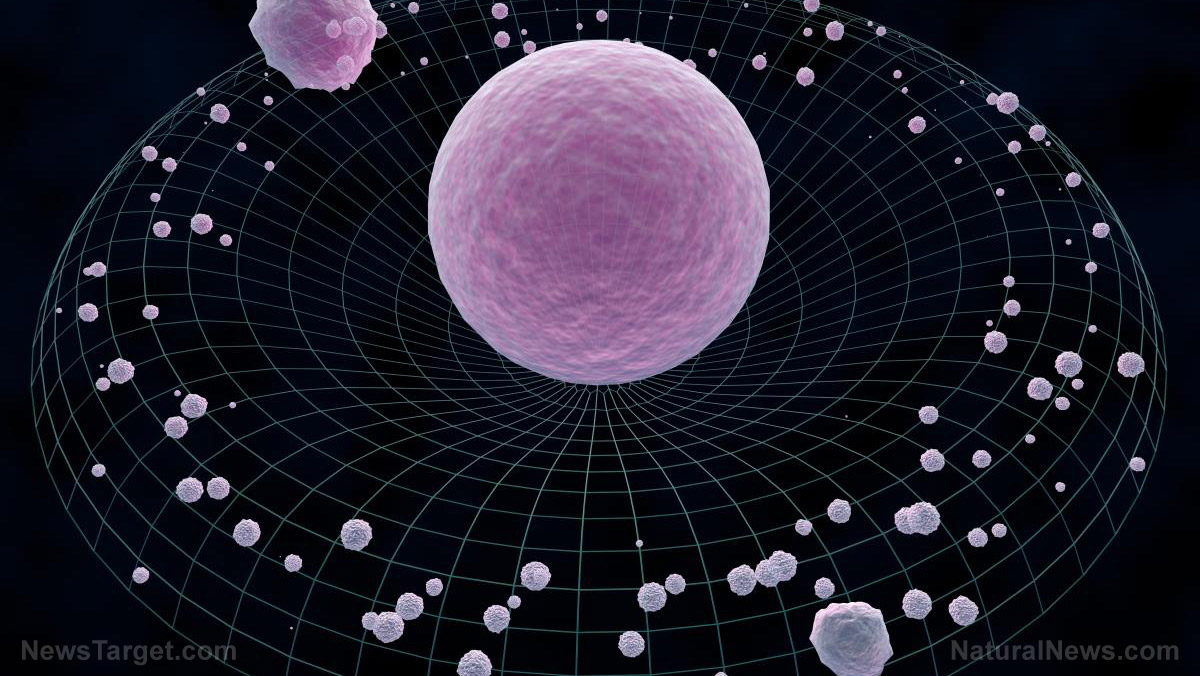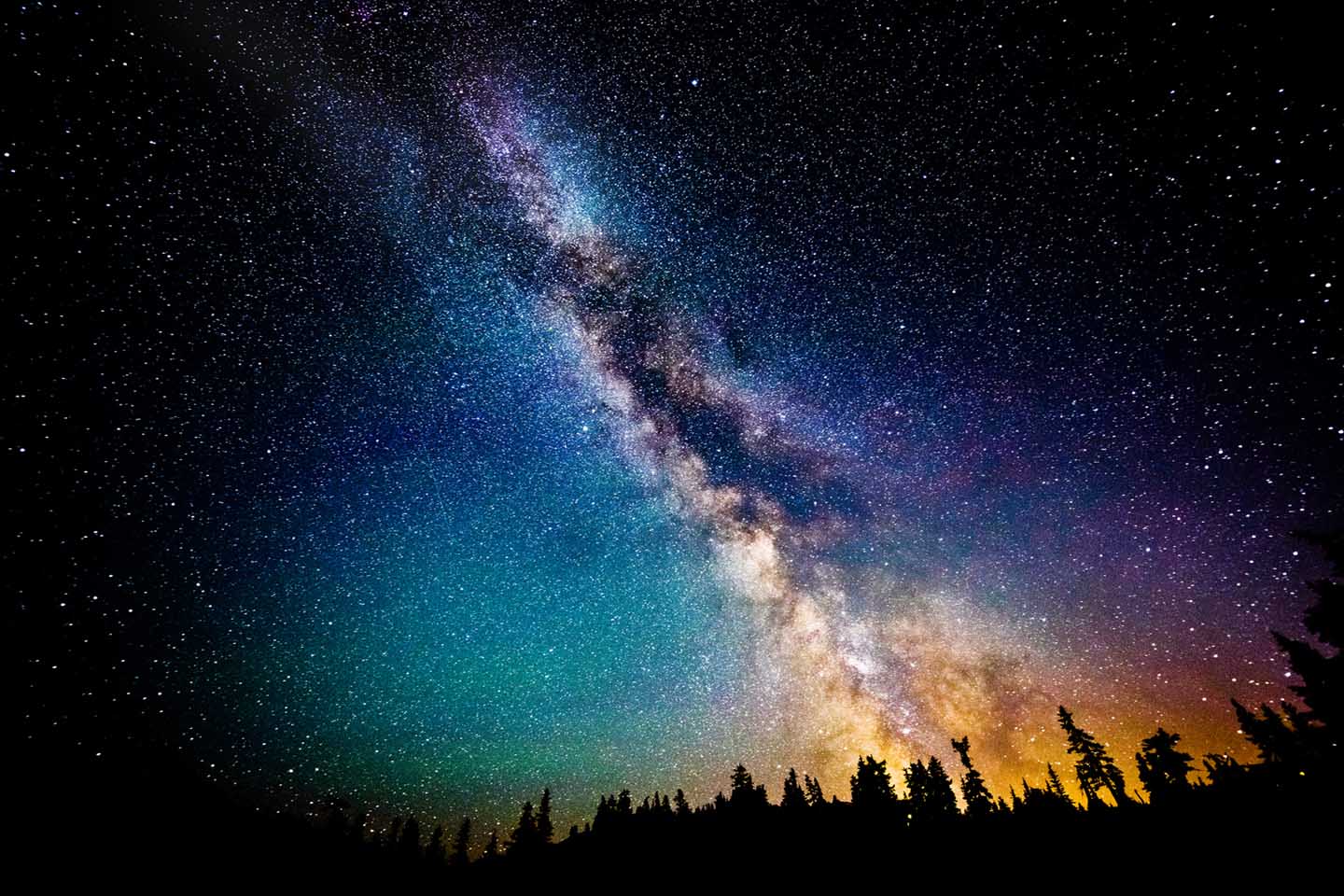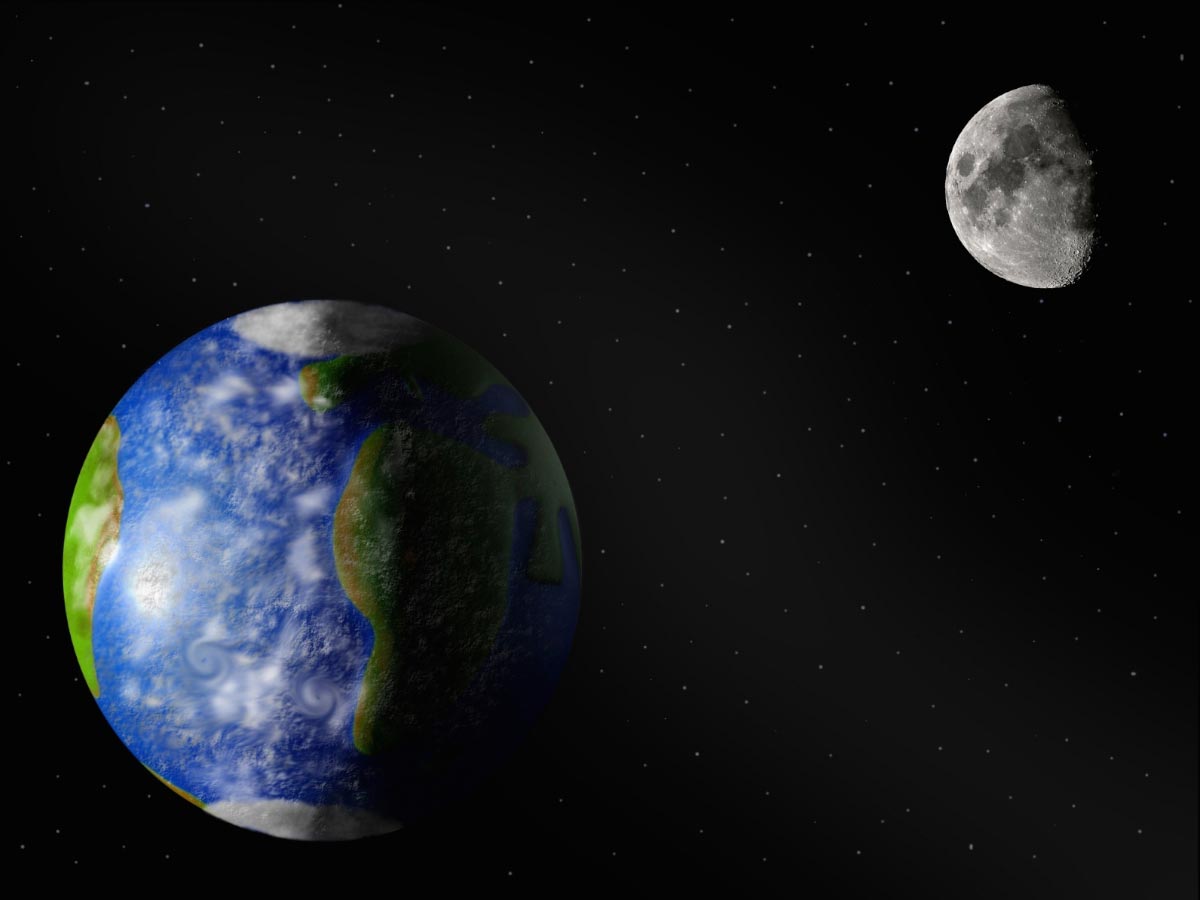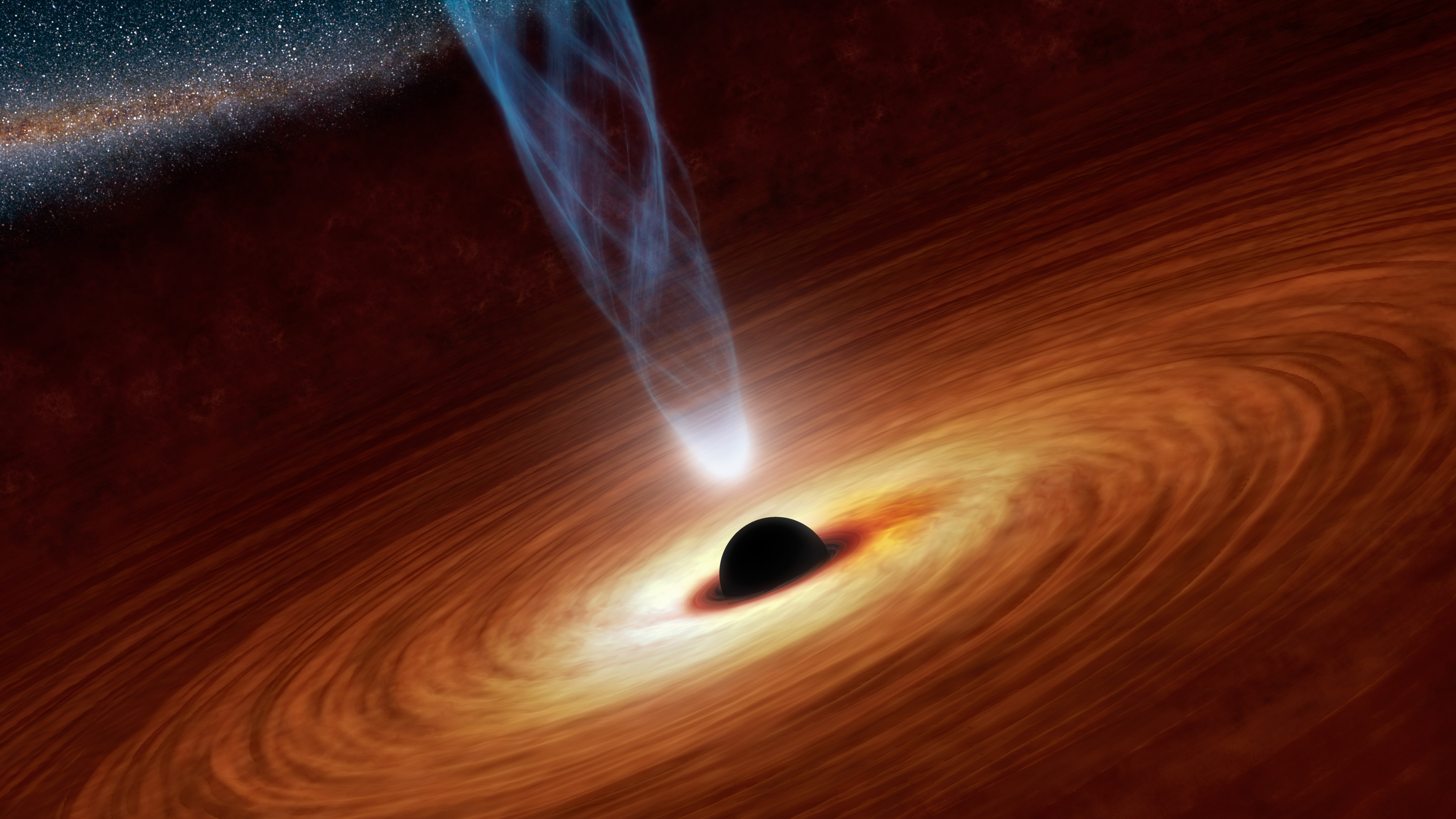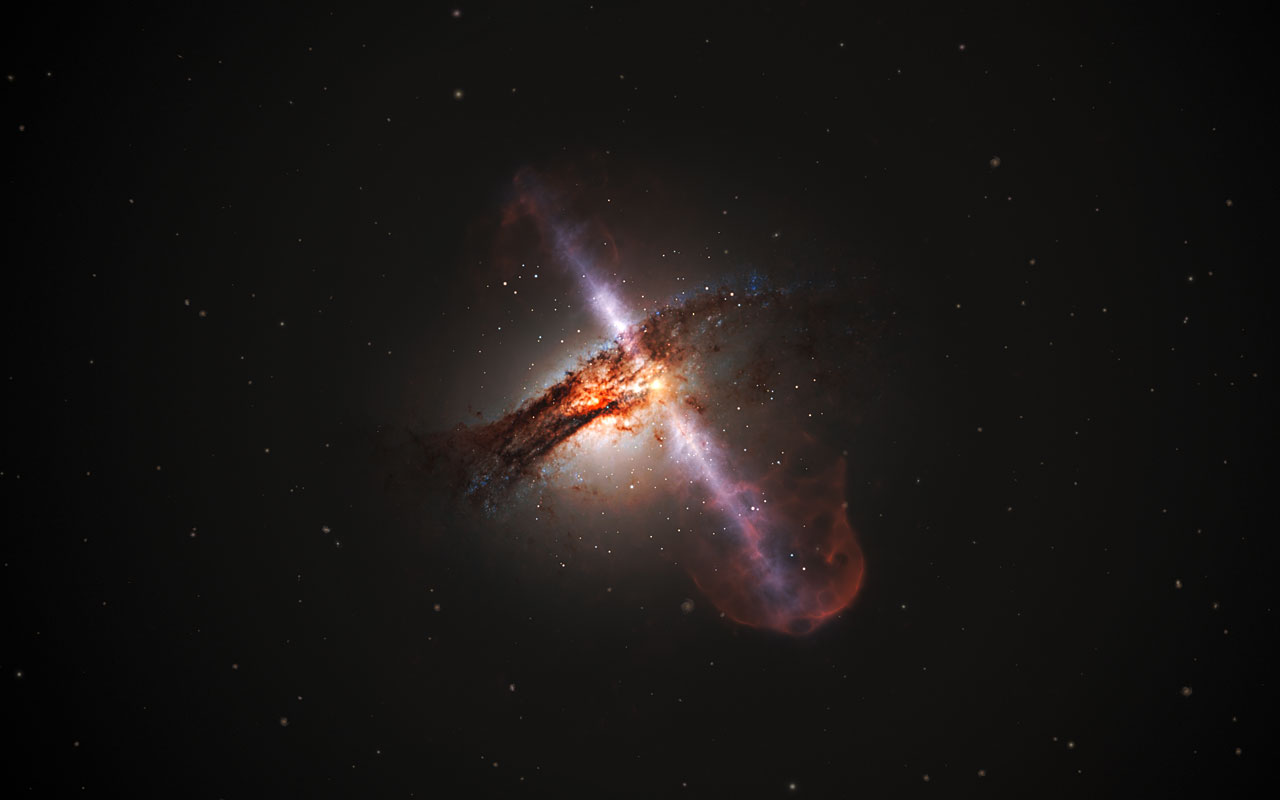Could you be saved from inside a black hole? Scientists say YES – but only if the black hole is “entangled”
11/22/2019 / By Edsel Cook
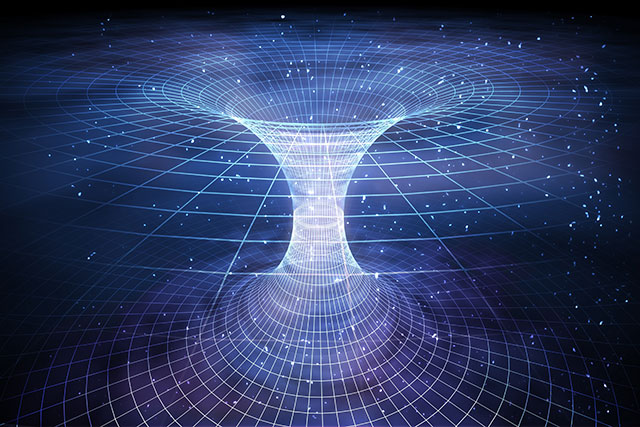
There is no escape from a black hole – unless it forms half of a quantum entangled pair that is connected by a wormhole. In this case, objects that dove into one of them may come out.
Researchers from Harvard University proposed this idea to explain how something that entered a wormhole may come out of the other end. The structure of space-time at the exit point requires negative energy to overcome.
The laws of gravity and space-time have nothing that provides negative energy. Something else must serve as the source of such energy.
Albert Einstein and Nathan Rosen came up with the concept of wormholes to eliminate black holes from the theory of general relativity. They described a wormhole as a “bridge” between two separate points that formed due to extremely curved space-time.
Eventually, researchers confirmed the existence of black holes. The concept of the wormhole evolved into a tunnel with two black holes that served as its openings.
Such tunnels would be artificial in origin. They would also vanish before anything got through them — unless negative energy held them open to permit passage. (Related: Some black holes bring dead “zombie” stars back to life just to rip them apart later.)
Quantum entanglements may provide the negative energy needed to maintain wormholes
The Harvard and Stanford researchers found a source of negative energy to stabilize wormholes. They switched from general relativity to quantum mechanics.
Quantum mechanics offers the concept of entanglement, a special relationship between two particles. Fiddling with one particle instantly influences its partner.
To pull this off, the data needs to travel faster than the speed of light from one particle to the other. The phenomenon is called “quantum teleportation.”
An entangled pair of particles (A and B) remains connected no matter the distance between them. If a third particle (C) interacts with one of those connected particles, it breaks the entanglement between A and B. Simultaneously, the C particle becomes entangled with the particle it disturbed.
Quantum entanglement provides a way to create unbreakable code for encrypted communications.
Furthermore, the quantum property may also apply to objects that are larger than the typical particle. While it is challenging to achieve perfect entanglement between big objects, it is not impossible.
A 2013 study by Stanford and Princeton researchers connected Einstein and Rosen’s concept of wormholes to Einstein, Podolsky, and Rosen’s notion of entanglement in quantum mechanics. It proposed that a pair of perfectly entangled black holes behaved like a wormhole between their two points in space.
How to save a person who fell into a quantum-entangled black hole
Harvard researcher Daniel Jafferis served as the author of the study. Although his theory depended on a pair of perfectly entangled black holes, he doubted that such a set existsd in the universe.
Entangled black holes are colossal affairs. They also require precise conditions.
Finally, they only last until the likely occasion that a third object hits one of the black holes. When that happens, their entanglement comes to an end.
Assuming the existence of perfectly entangled black holes and assuming a person called Joe Buckley fell into one of the openings, Jafferis had a rescue plan.
First, get a reading of the Hawking radiation given off by the black hole after consuming Buckley. The emission encodes the current state of the wormhole opening.
Bring the encoded data to the second black hole that serves as the “exit.” Manipulate it by feeding it the same Hawking radiation emitted by the first black hole.
If all goes according to Jafferis’ theory, Buckley will emerge from the second black hole, expelled by the negative energy from breaking the entanglement. Welcome back, Buckley.
Visit Cosmic.news for more news stories and studies on the cosmos and beyond.
Sources include:
Tagged Under: black holes, cosmic, cosmos, entangled particles, entanglement, outer space, physics, quantum mechanics, quantum physics, Space, space exploration, weird science, wormholes
RECENT NEWS & ARTICLES
Physics.News is a fact-based public education website published by Physics News Features, LLC.
All content copyright © 2018 by Physics News Features, LLC.
Contact Us with Tips or Corrections
All trademarks, registered trademarks and servicemarks mentioned on this site are the property of their respective owners.

